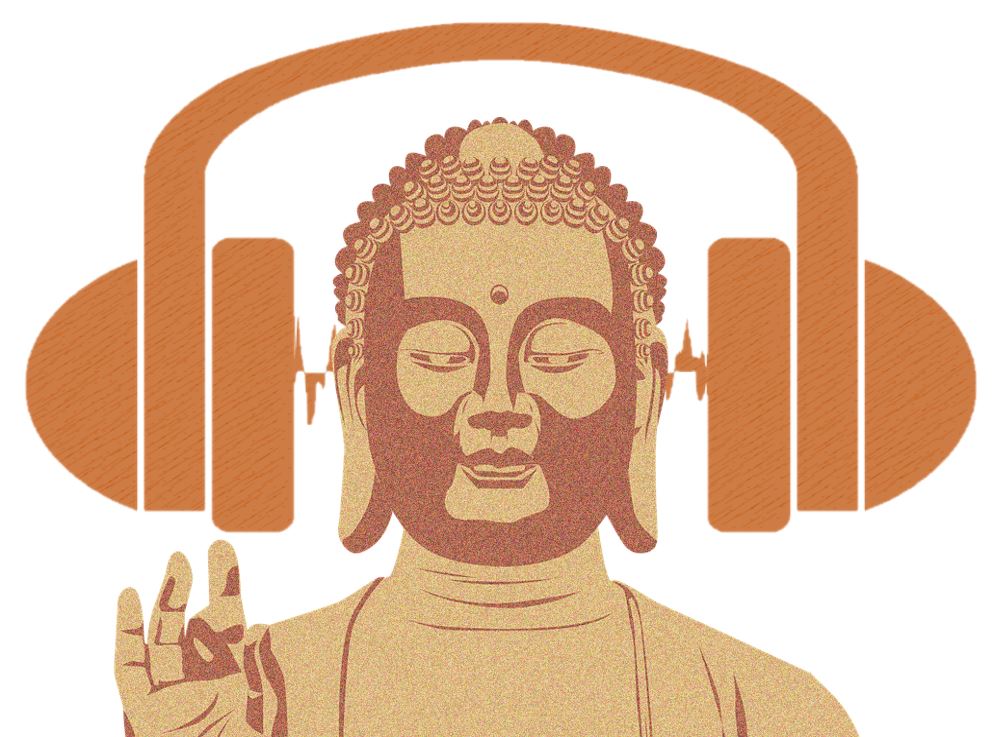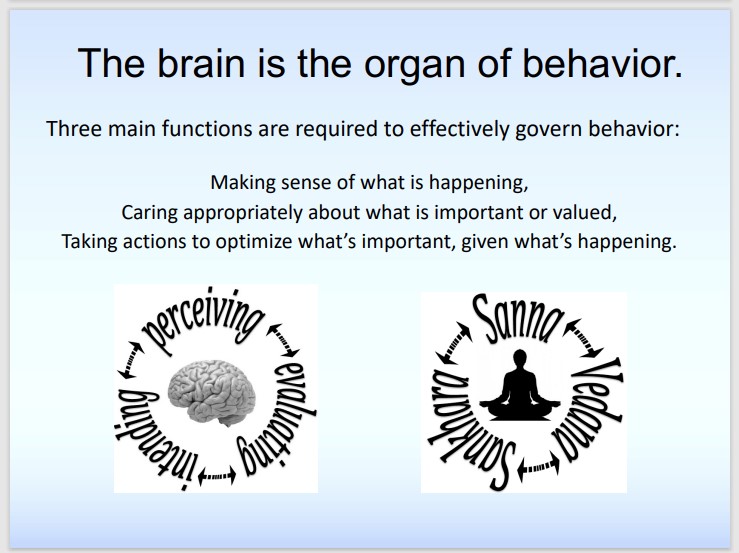Tag Archive for: Rick Maddock

This is a teaching and practice daylong that will include dharma talks alternating with sitting & walking meditation periods. Today’s theme will be the early Buddhist teachings on the aggregates and how they converge with the insights of modern neuroscience. There will be a particular focus on feeling (Vedanā), perception (Sañña), and intention (Saṅkhāra), and on ways of practicing with our experiences of these aggregates in meditation and in daily life.

Saṅkhāra is a word with many levels of meaning in early Buddhism. This talk will focus on its meaning as one of the five aggregates (skandhas), where it is often translated with such terms as volitions and intentions. People often strongly identify with their volitions and intentions. The Buddha taught about the dangers of clinging to and identifying with sankharas. The Foam Sutta describes sankhara with the analogy of a carpenter in need of heartwood who goes to a forest and cuts down a plantain tree. But when he cuts into the tree trunk, he finds it is only layers of sheaths. There is no heartwood there. The perspective of modern neuroscience leads to a similar understanding of volition and intentions.

How pleasant and unpleasant feelings (Vedanā) shape experience – Converging views from neuroscience and early Buddhism.
The five aggregates (skandhas) together encompass all aspects of experience. Vedanā is one of the aggregates and is often defined as the feeling tone of experience ranging along a continuum from pleasant, through neutral, to unpleasant. The Buddha attributed great importance to mindfulness and clear comprehension of Vedanā. It is the focus of the second establishment of mindfulness in the Satipaṭṭhāna Sutta. We will discuss the nature of Vedanā and its relationship with the other aggregates using language and perspectives from both early Buddhism and modern neuroscience.
How Perception and Memory Shape Experience – converging views from neuroscience and early Buddhist teachings


Many of the Buddha’s teachings have close parallels in modern neuroscience. This talk will explore these parallels, with a particular focus on how perception and memory shape experience. Early Buddhist teachings on perception and emptiness point to insights that can be valuable supports for dharma practice. Similar insights emerge from modern studies of the perceptual circuits of the brain. Neuroplasticity, or how the brain is changed by experience, is viewed by neuroscientists as the basis of all forms of memory. Early Buddhist and Yogacara teachings on karma and the “storehouse” (alaya) emphasize how this principle affects our practice and well-being. A similar perspective underlies the effectiveness of many modern psychotherapies.
Visit Us
SIM meets online and in-person at the Sacramento Dharma Center
What is Dana?
Dana is a Buddhist word that means generosity or heart. Nearly all Sacramento Insight Meditation activities are offered on a dana (donations) basis. This means our programs are sustained by the generosity of instructors in offering teachings freely and on the generosity of students and members of the meditative community in the form of financial support, service and participation in events. Practice dana, please support our Sangha. DONATE NOW
